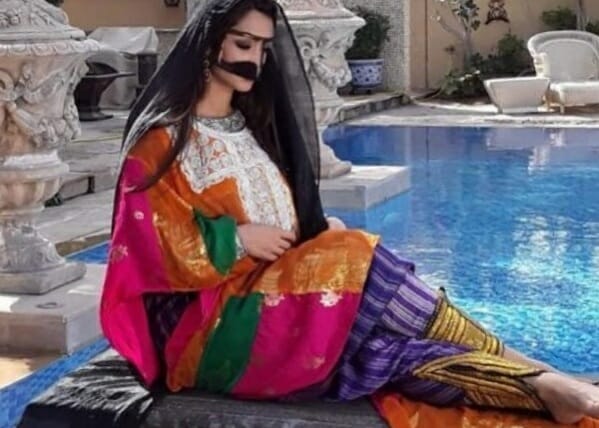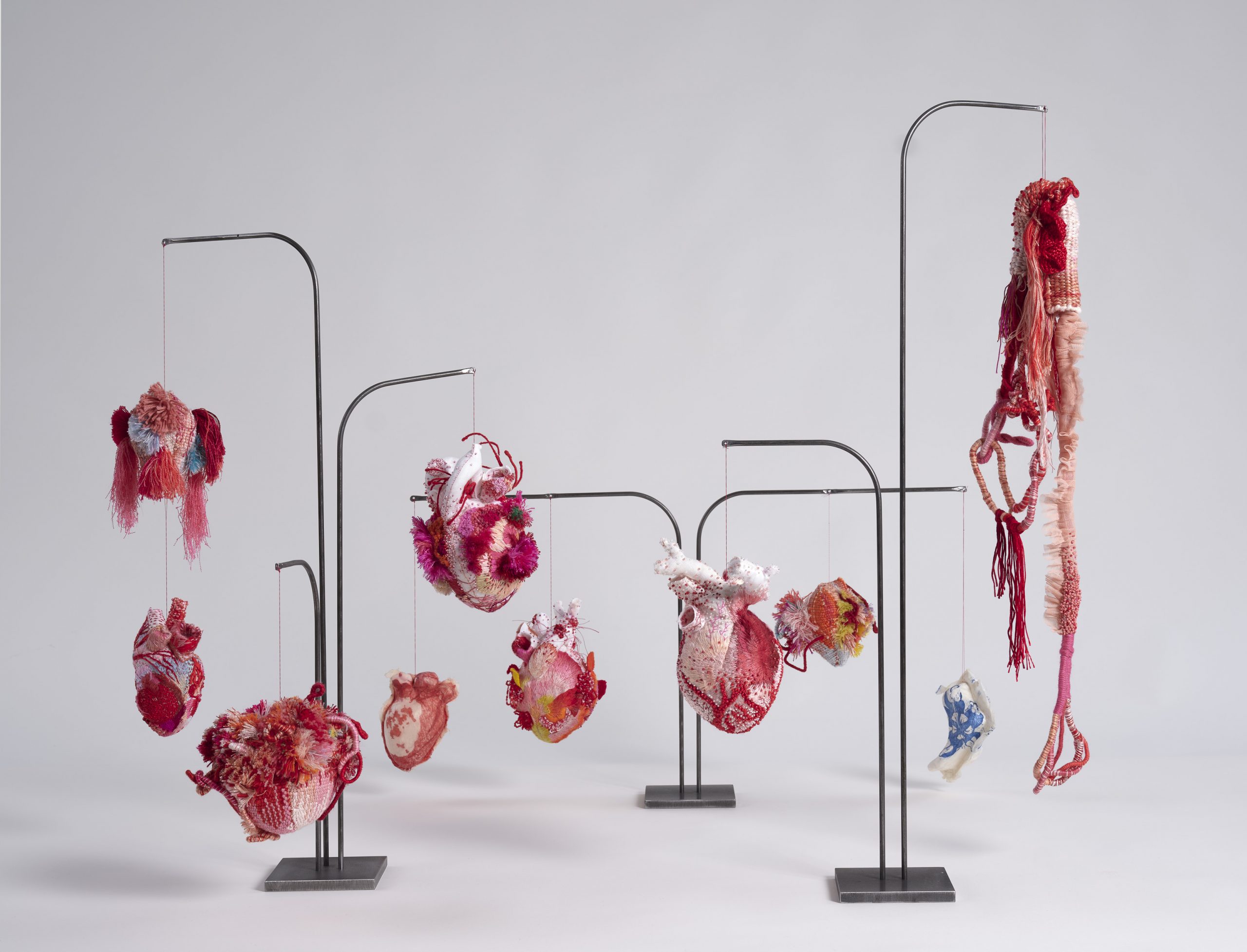
Last year I spend a lot of time travelling through Africa, looking at all the tribal textiles and crafts that influenced Ruth Carter when she designed the costumes for The Black Panther movie. Now that she has won the Oscar for Best Costumes, it is time to move on. In the next few months, I will spend time in the Middle East. It is an often misunderstood and misrepresented region and by sharing the wonderful textiles, craft and fashion from those cultures I hope to make a small contribution to educate, inform and dispelling misconceptions. In the first post on this topic, I’m looking at the traditional dress of the United Arab Emirates.
The popular belief is that Arabian women only wear black, but the reality could not be any different. Rich fabrics, intricate embroidery, fabulous embellishments combined with opulent jewellery and elaborate henna decorations all contribute to make traditional Arabian dress some of the most opulent in the world.
The discovery of oil in the 1960s brought international influences and changed many customs, and unfortunately, much of the rich textile history became unfashionable and redundant. But there are a few beacons of hope who not only kept their own heritage alive but are now working tirelessly to preserve this heritage for future generations.
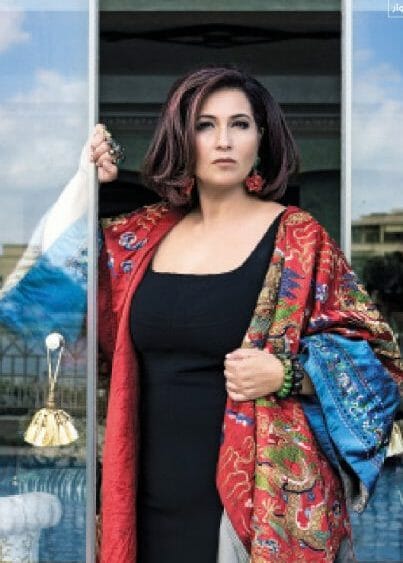
Dr Reem El Mutwalli
The Zay Initiative, the brainchild of Dr Reem el Mutwalli, an author, textile collector, designer and art consultant based in Dubai, specialises in the collection and documentation of traditional Arab dress from the UAE. Reem’s Sultani Collection consists of more than 200 pieces, many of them donated or commissioned by the UAE ruling family.
Reem, originally from Iraq, moved to the UAE as a five-year-old when her father became the economic advisor to the then crown prince, now ruler, Shaikh Khalifa bin Zayed al Nahyan. Her childhood friends were the women and children from the royal household, giving her a unique insight into a mostly hidden lifestyle, seldom seen by the outside world.
Reem studied Islamic art and architecture as well as interior design and spend the first twenty years of her career as the driving force behind the arts and exhibitions department of the Khalifa Cultural Foundation in Abu Dhabi where she worked as a curator, museum advisor and project manager. Working on her master’s degree in Islamic art and archaeology she conducted a complete architectural survey of the traditional forts of Abu Dhabi resulting in a book on Qasr Al Husn, the oldest building in the emirate, dating from the 1790s, and the original home of the ruling family.
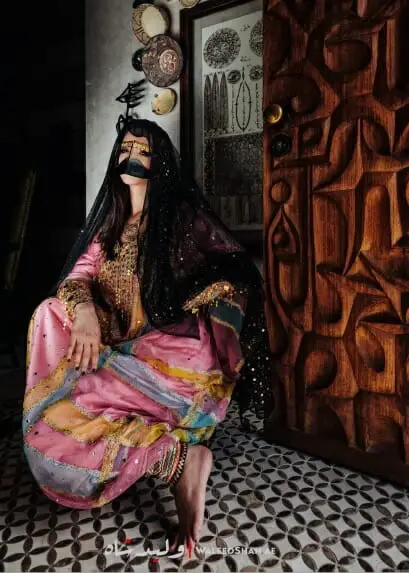
Sultani Collection
But it is her love of traditional textiles and Arab dress prompted her to do her PhD in Islamic art and architecture on the traditional dress of the UAE from 1966 to 2004. This resulted in the Sultani Book, a two-volume almost 700 pages work of art, exploring and researching every facet of traditional dress in minute detail. She interviewed UAE women of all generations and from all social standings, textile importers and tailors, as well as traditional craftswomen and embroidery specialists, to get an intimate look at the traditional Arab women’s wardrobe. Her book contains information and stories that would have been lost without her insight and dedication.
The Sultani Collection contains garments specially commissioned by the Al Nahyan family, rare photos of the women of the royal household, jewellery and other artefacts that from Bahrain, Egypt, Kuwait, Qatar, Yemen, Saudi Arabia, Iraq and Syria.
The Zay Initiative aims to promote an understanding of the evolution of the culture of the region, building public awareness and appreciation of this unique heritage, and build relationships with like-minded specialists and institutions around the world.
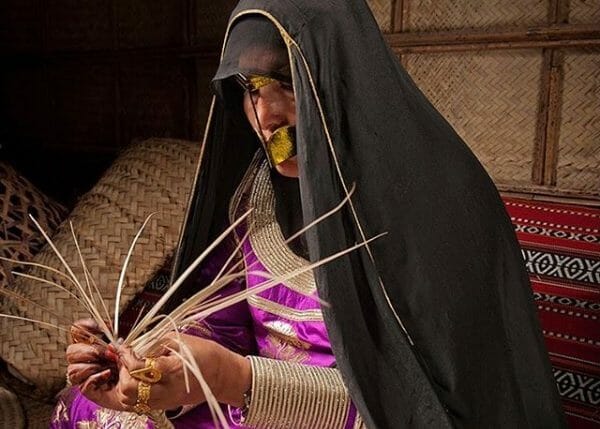
Several factors contribute to the disappearance of the Arab textile heritage:
- The ephemeral nature of textiles means very few garments and other fabrics ever survive the passage of time.
- The Arab region is mostly desert and used to be inhabited by nomadic people who kept few possessions.
- Traditionally, Arab women were seldom photographed, and their lives were not documented or recorded.
- The sudden onset of wealth and international influence after the discovery of oil in the region changed the living conditions and dress culture resulting in the disappearance of traditional cultural outfits.
- Ongoing turmoil and the war in the Middle East mean the traditional way of life are being destroyed as people die, migrate or change their living conditions. It also means traditional crafts are not being practised anymore and are not passed on to future generations. Palestine, Syria and Yemen are some of the places where traditional dress, textiles and jewellery are as good as distinct.
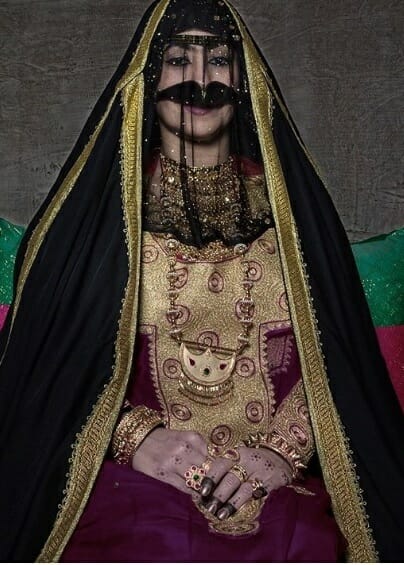
The Zay Initiative
This is where people like Reem plays a vital role. The Zay Initiative is still a young institution, but it is being driven by Reem’s bottomless passion for culture, preservation and love of beautiful textiles.
At the moment her collection does not have a permanent exhibition space yet, but she hopes to gain enough support to make this a reality soon. In the meantime, she exhibits, lectures and shares her knowledge wherever she is invited to do so.
To get a small insight into her collection and treasures that she collects and preserves, follow her two Instagram accounts and her blog. Here she shares her knowledge and tells the stories of women who lived close to the earth, swathed in layers of fabulous cloth and embellishments.
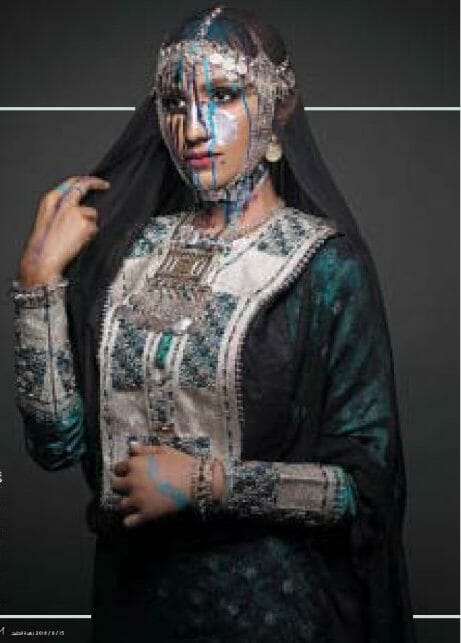
To learn more:
In the following posts, I will look at specific garments and items of clothing from the UAE, before moving on to Jordan. Please stay tuned.

